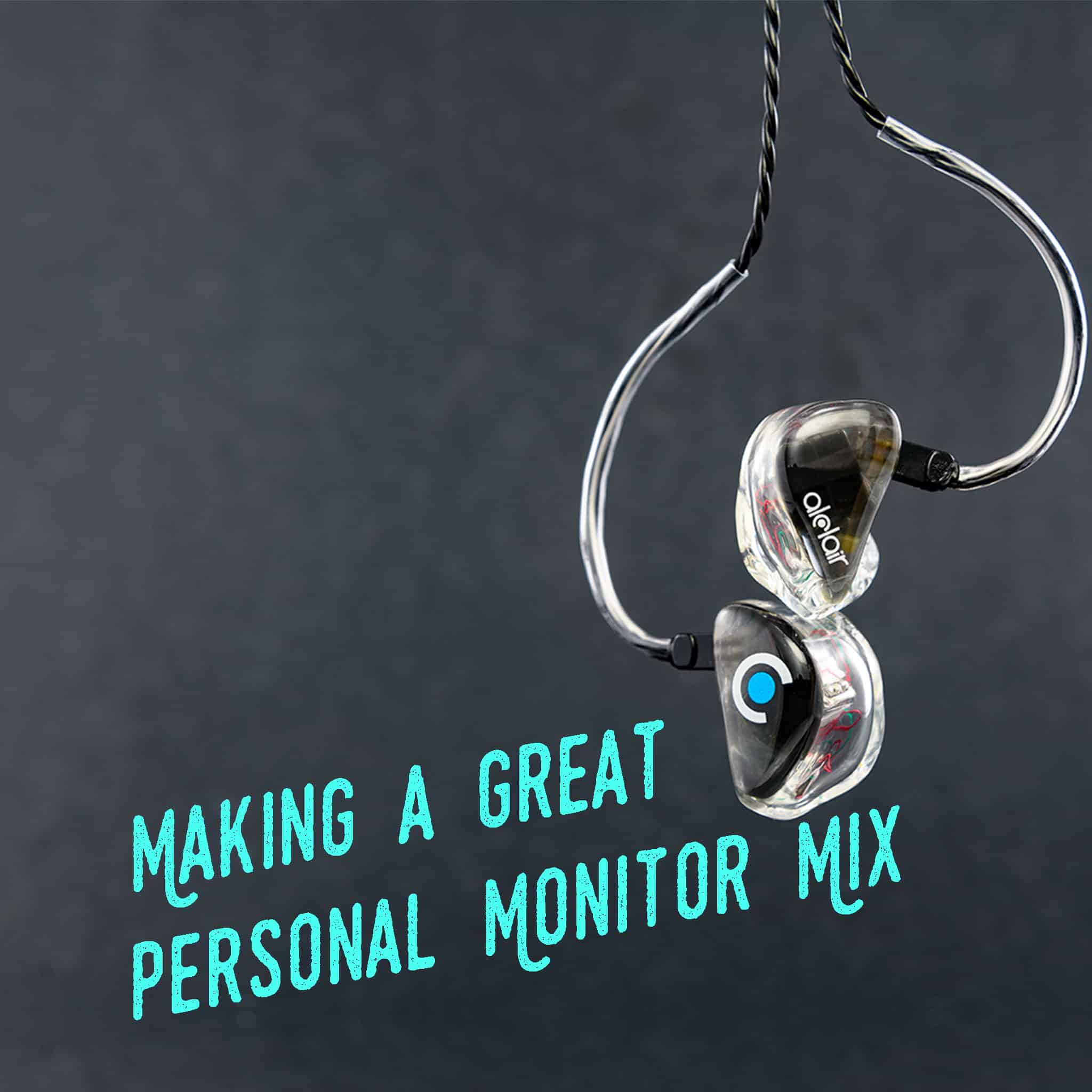Most of our churches rely on volunteer musicians, singers, and techs to make services run smoothly. When teams are distracted or frustrated it has a ripple effect across the entire gathering. And lets face it, there are SO many things that can distract and frustrate us. And then we get to church 😉
A good attitude is essential to our services going well. And while we can’t do much about what happens in the car on the way to church, there are some things that we can control. Well equipped (both technological and psychological) volunteers lead with confidence. Here are some practical tips to keeping volunteers and performers happy. Please don’t get hung up on the word performer here, you can substitute the word you use for “people on stage.”
Performers are confident when they sound good
When a performer sounds good, they perform better. We recommend using personal monitor systems so that each performer can get the exact sound that they need. What do they need to hear? We’ll cover that in another post. Make sure the quality of sound they are hearing is good. If you are using personal monitors, make sure your volunteers know the value of good in-ear monitors. They don’t have to be custom molded. Companies like Alclair Audio make fantastic universal fit monitors that sound fantastic and fit nearly any ear.
Performers are confident when they can hear themselves
When a singer or musician can hear what they are singing or playing, they gain confidence. This is different from sound quality (mentioned above). This is more about hearing themselves in respect to the other instruments in their monitor mix. This is where we get the dreaded “more of me” syndrome. It is a tricky balance, especially with floor wedges. This is another good argument for personal monitor systems.
Performers are confident when they can hear others
Hearing other performers is essential to playing with confidence. We’ll go into more depth on this at a later time, but performers need a PITCH REFERENCE and a TIMING REFERENCE in order to play their part to the fullest. What those two things are will vary, but it’s not enough to just hear yourself clearly if you can’t tell where the harmony and rhythm is.
Performers are confident when rehearsals are effective
Spending valuable practice time mixing floor wedges, labeling channels, or hunting down feedback issues frustrate volunteers who are giving their valuable time. When practices run smoothly and performers know the material well, they will perform with confidence. Getting most of the tech stuff out of the way before the performers show up shows volunteers that you value their time and appreciate their commitment.
Performers are confident when technology is simple and works
Too many steps to make a simple change or technology that doesn’t do what it should can be a hindrance. Make sure personal monitors are easy to adjust. Make sure iPads are ready to go and that they don’t blank out during service. If they sleep and require multiple button presses to get back to the chord chart, volunteers will get frustrated.
Make sure mic cables are working and the wireless mics have fresh batteries. One of my pet peeves in mute switches on mics. When it says MUTE and ON, I always wonder if it’s the mute thats on, or the mic thats on. The best thing to do is ride the fader so that it “just works” for the performer.
Performers are confident when they know help is available
At times, performers need help adjusting a mix. If they feel that help isn’t available, performers get frustrated and their performance suffers. As a tech, watch for queues that someone can’t hear or that a monitor mix is off. Learn to read each performer and understand their “tells”.
There are lots of other things that can contribute to a performer’s confidence, but these are some key areas where you can dramatically guide performers into confident performers. They may seem basic but (I’m speaking from experience), sometimes the basics are the first things we forget.








